Expansion of Genomic Research
The Microarray Scanner Market is significantly influenced by the expansion of genomic research initiatives. As research institutions and universities invest in understanding genetic disorders and their implications, the demand for microarray scanners is expected to rise. The Microarray Scanner Market is anticipated to reach USD 62 billion by 2026, with microarray technology playing a crucial role in this growth. These scanners enable researchers to conduct high-throughput analyses, facilitating the identification of genetic markers associated with various diseases. This trend suggests that as genomic research continues to evolve, the microarray scanner market will likely witness increased adoption, driven by the need for advanced analytical tools.
Growing Focus on Disease Prevention
The Microarray Scanner Market is benefiting from a growing focus on disease prevention and early diagnosis. Healthcare systems are increasingly prioritizing preventive measures to reduce the burden of chronic diseases. Microarray technology offers the capability to detect genetic predispositions to various conditions, thereby enabling proactive healthcare strategies. The Microarray Scanner Market is projected to reach USD 4 trillion by 2025, highlighting the potential for microarray scanners to play a vital role in this paradigm shift. As healthcare providers adopt more preventive approaches, the demand for microarray scanners is likely to increase, reflecting a broader commitment to enhancing population health outcomes.
Increased Investment in Biotechnology
The Microarray Scanner Market is poised for growth due to increased investment in biotechnology sectors. Governments and private entities are channeling funds into biotechnological research and development, recognizing its potential to address pressing health challenges. The biotechnology market is projected to reach USD 727 billion by 2025, with microarray technology being a critical component of this sector. This influx of investment is likely to spur innovation and enhance the capabilities of microarray scanners, making them more accessible to researchers and clinicians. As funding continues to flow into biotechnology, the microarray scanner market is expected to expand, reflecting the industry's vital role in advancing scientific discovery.
Rising Demand for Personalized Medicine
The Microarray Scanner Market is experiencing a notable surge in demand for personalized medicine. This trend is driven by the increasing recognition of the need for tailored therapeutic approaches that cater to individual patient profiles. As healthcare providers seek to enhance treatment efficacy, the role of microarray technology becomes pivotal. The market for personalized medicine is projected to reach USD 2.5 trillion by 2025, indicating a substantial opportunity for microarray scanners. These devices facilitate the analysis of genetic variations, enabling healthcare professionals to make informed decisions regarding patient care. Consequently, the integration of microarray scanners into clinical settings is likely to expand, reflecting the industry's commitment to advancing personalized healthcare solutions.
Technological Innovations in Microarray Scanners
The Microarray Scanner Market is witnessing a wave of technological innovations that enhance the capabilities of these devices. Advances in imaging technologies, data analysis software, and miniaturization are contributing to improved performance and user experience. For instance, the introduction of high-resolution scanners and automated data processing tools is streamlining workflows in laboratories. The market for laboratory automation is expected to grow significantly, potentially reaching USD 5 billion by 2027. This trend indicates that as laboratories seek to optimize efficiency and accuracy, the adoption of advanced microarray scanners will likely increase, further driving market growth.


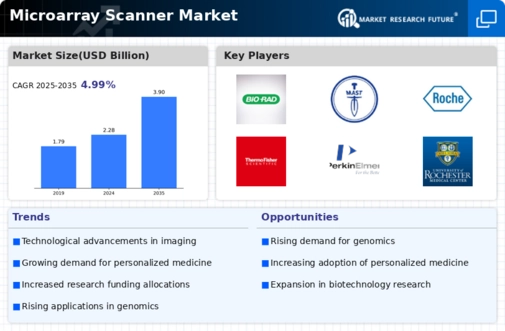
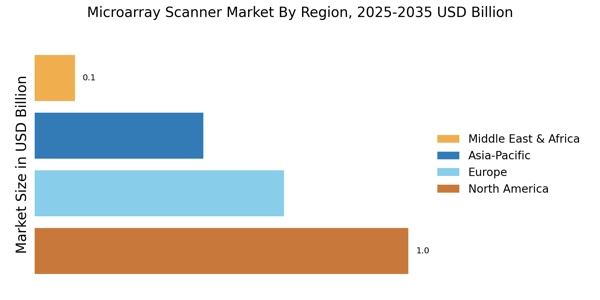

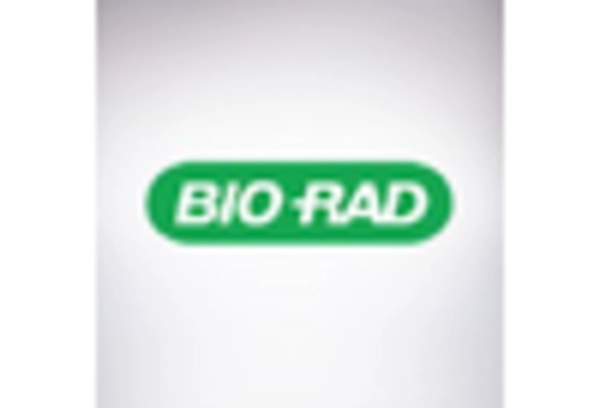
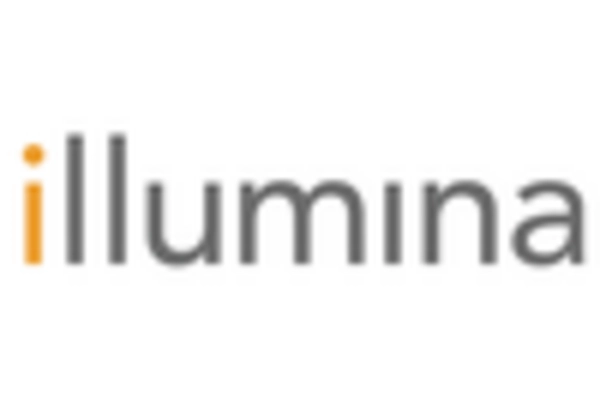
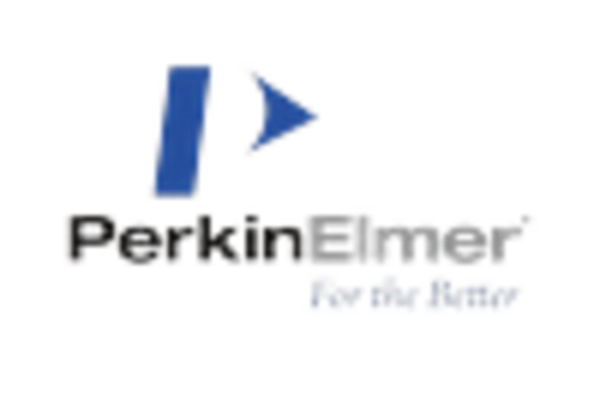










Leave a Comment